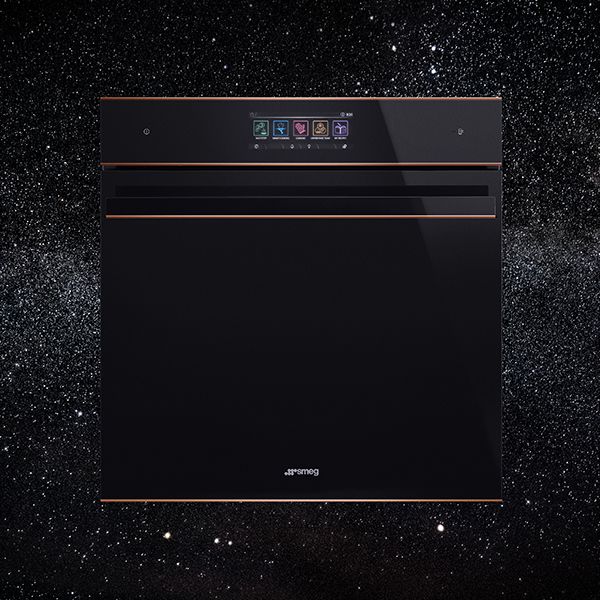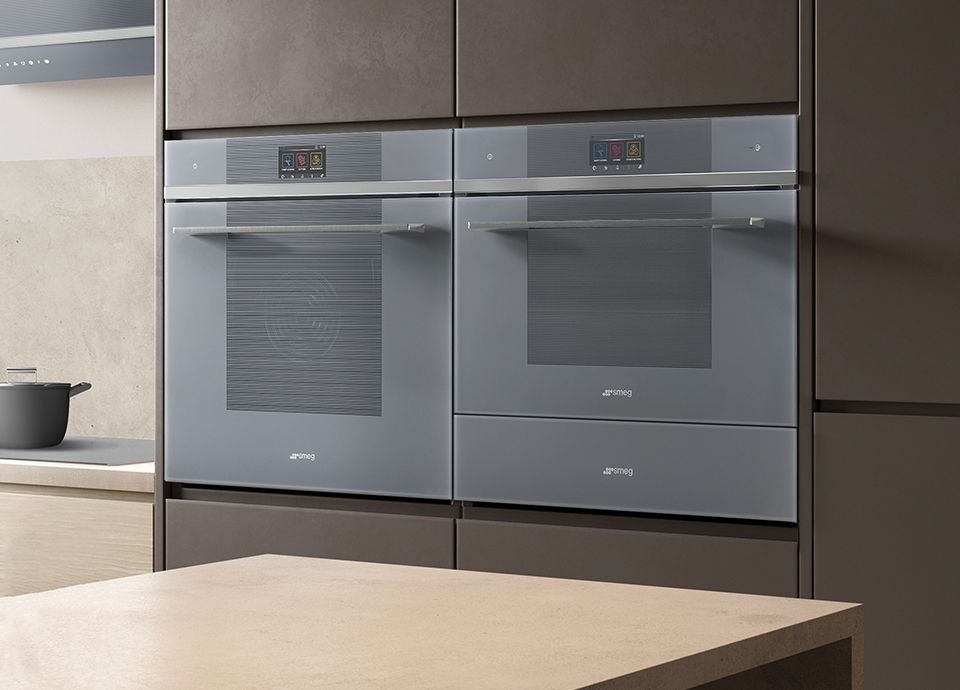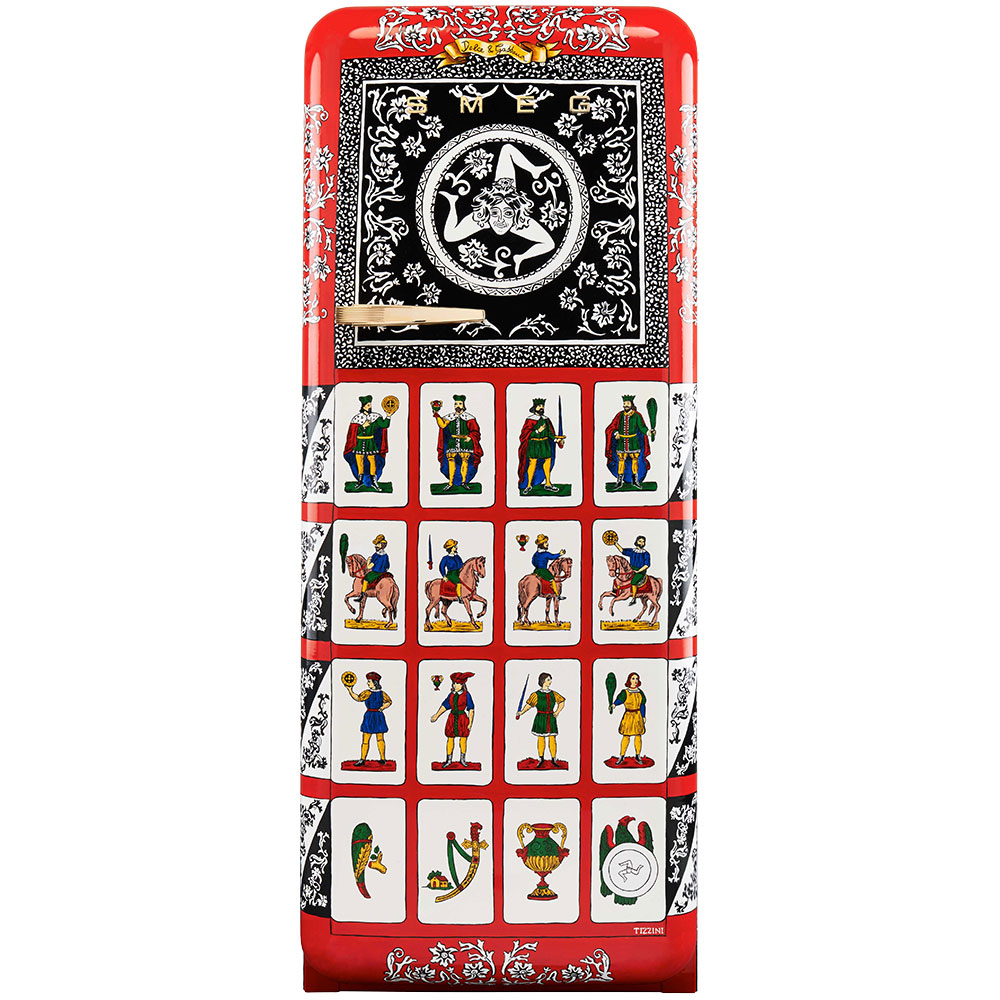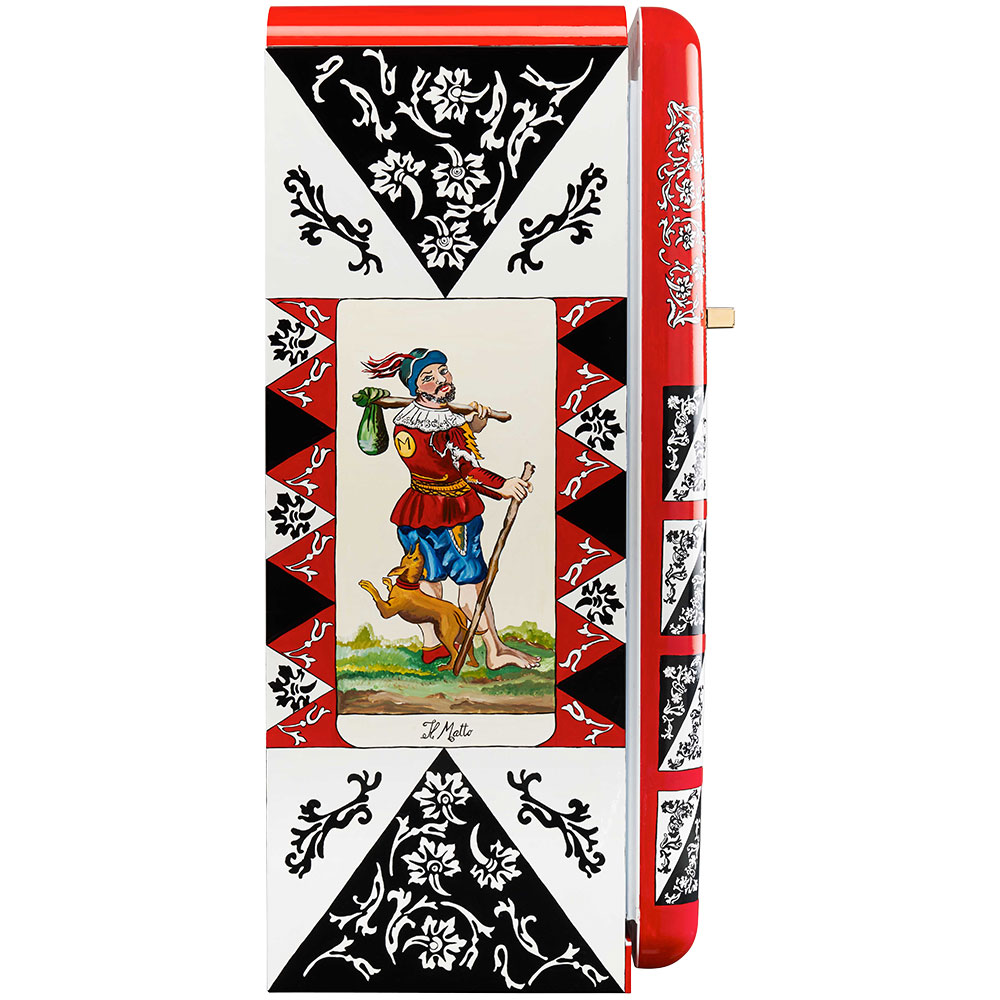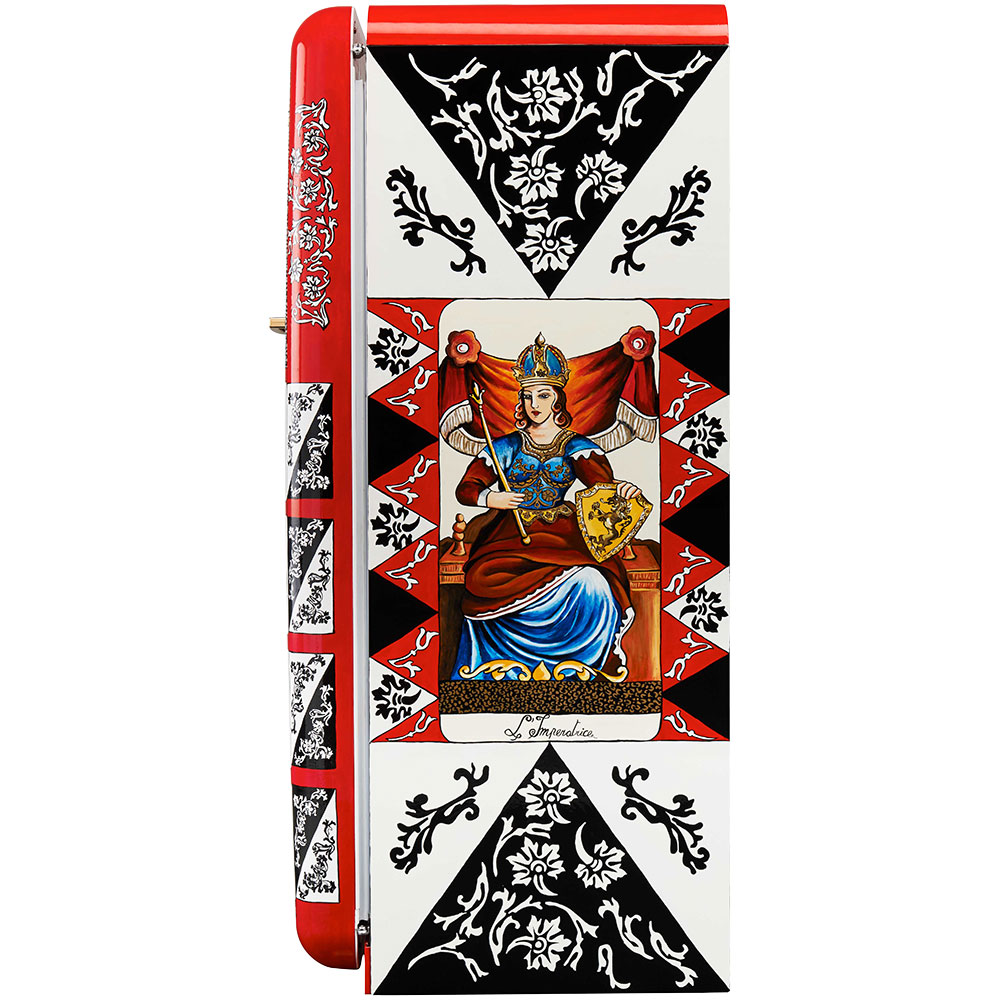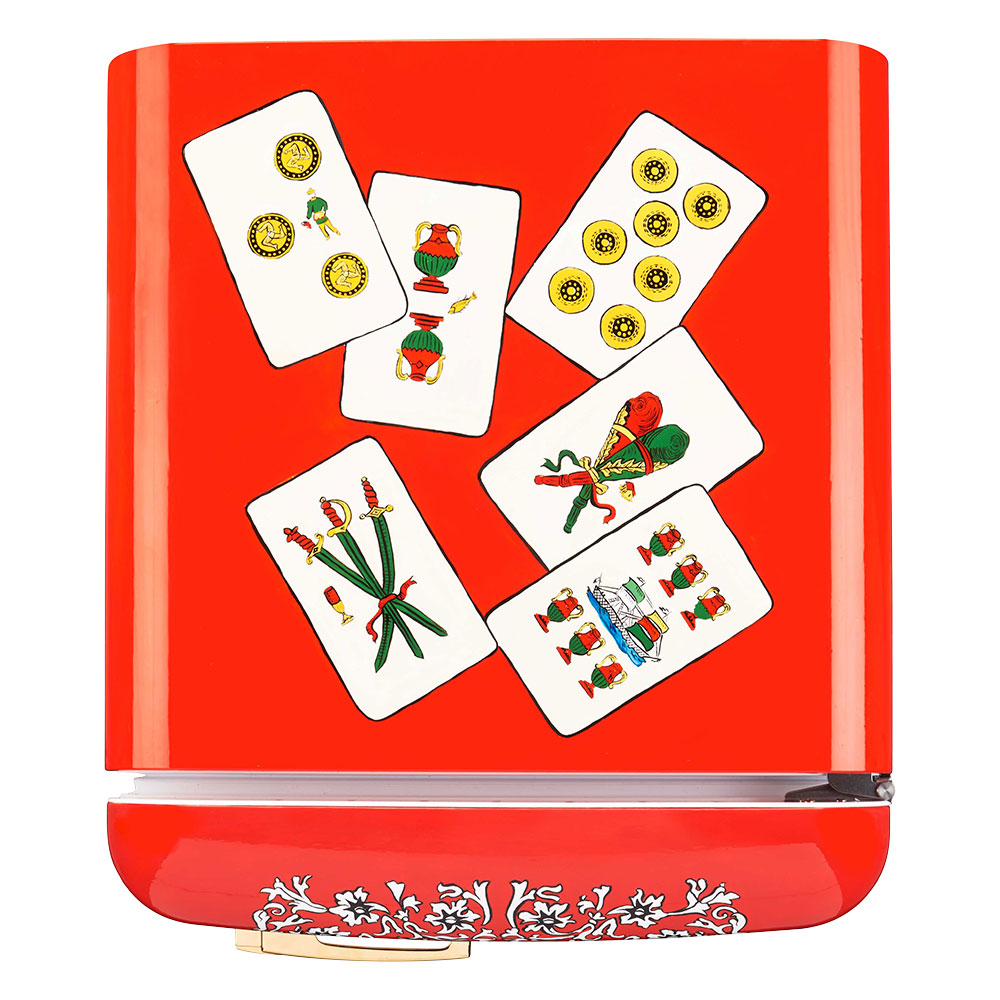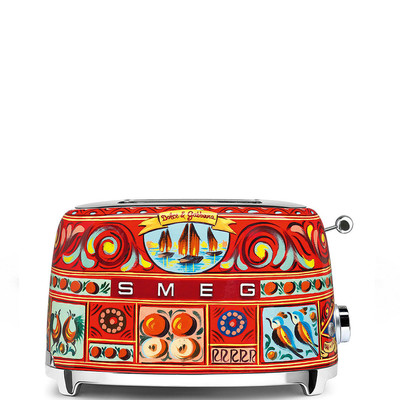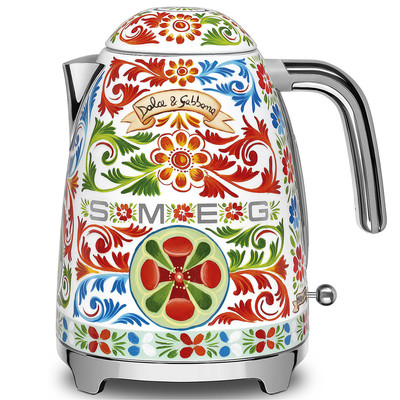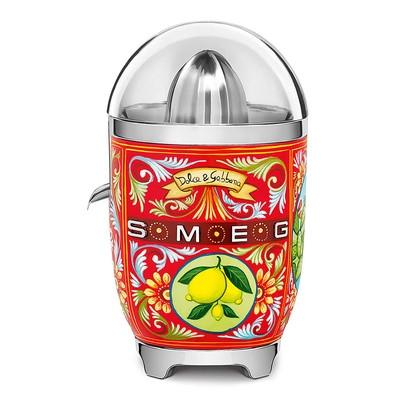invisible
-
MAJOR APPLIANCES
See more
- See all Major appliances
- separator
-
Ovens
See more
-
Hobs
See more
-
Hoods
See more
- Cookers
- Microwave ovens
- Built-in Coffee machines
- Built-in drawers
- separator1
-
Wine coolers
See more
-
Refrigerators
See more
- Freezers
- Blast chillers
- separator2
- Dishwashers
- Taps
-
Sinks
See more
- separator3
- SmegConnect App
- separator4
- Vitality system
- separator5
- Accessories
-
SMALL APPLIANCES
See more
-
SPECIAL PROJECTS
See more
- AESTHETIC LINES
Product search
Search for the products
Enter at least 3 characters

